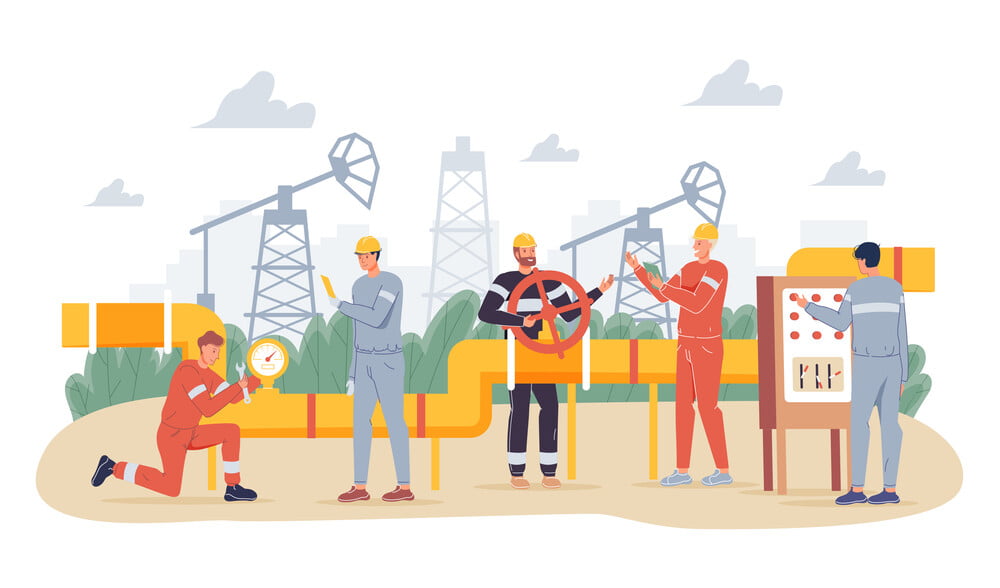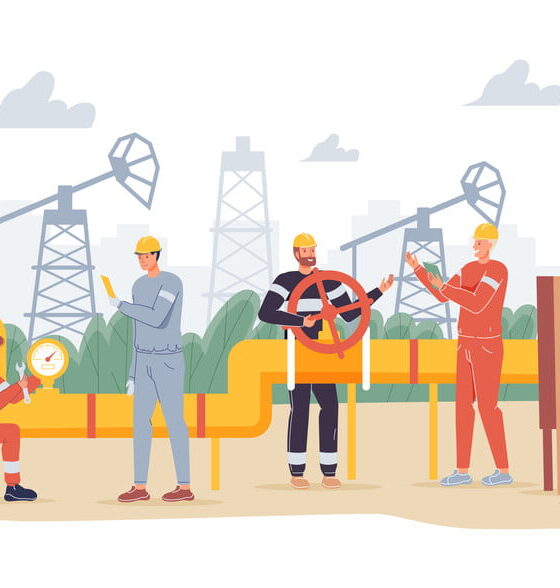

Environment
How Businesses Can Reduce Air Pollution from Welding Processes
There are a lot of business practices that can have a harmful impact on the environment. The good news is that are a lot of ways that businesses can reduce their environmental footprint to become better stewards of the planet.
One business practice that can be environmentally harmful is welding. The good news is that there are ways that welders can help reduce the consequences of their actions.
Creating a More Environmentally Friendly Welding Practice
Welding is a common process where two or more materials, usually metals, are fused together. It’s a common process in many different industries, including construction, manufacturing, mining, electronics, aerospace, shipyards, art and more. There are over 400,000 welders employed in the USA and there are many more hobby welders.
There are many different types of welding processes that are chosen for different applications in different environments, including indoor and outdoor, and with gas or without gas.
These different welding processes have consequences on the environment as welding can often cause air pollution. Some of the outputs from welding processes are welding fumes, radiation, UV light, flames and welding gas mixtures.
Welding fumes largely consist of oxides that are formed from the oxygen mixing with the metal substances that are vaporized at high temperatures during the welding process. Some of the common gases emitted are ozone, carbon monoxide and nitrous gases. Exposure to these fumes may cause a number of health problems including lung damage and various types of cancer, including larynx and urinary tract.
There are, however, things that the welding operator can do to help minimize the release of welding fumes and reduce the negative impact on the environment. For example, parameters such as the type of welding process, operating time, heat generated and cleanliness of the metal can affect the fumes that are generated.
What Are the Most Common Welding Practices and How Do They Affect the Environment?
Two of the most commonly used welding processes are MIG welding (GMAW) and TIG welding (GTAW). TIG welding is a more skilled welding process that can produce more intricate welds, MIG is easier to learn but the weld quality isn’t as high. When TIG welding, less fumes are produced compared to MIG welding, including lower ozone and nitrogen oxides. This is one of the reasons that makes TIG a more environmentally friendly welding process.
TIG may not always be a viable option when welding because of the increased operating costs of TIG welding and the skill set required. If it is not practical to change the welding process, there are other measures that can be applied to help reduce the levels of fumes that are emitted.
The fumes that are released when welding are affected by the welder settings and the shielding gas. If you have high voltage and amperage settings on your welder, this can cause an increase in the levels of welding fumes.
Welding operators can use certain parameters to help minimize the emissions. Don’t go straight in on a high power, high heat weld. Instead, try to use the lowest amperage possible whilst still ensuring there is enough penetration to effectively weld the joint together. If 100% CO2 gas is used over an argon gas blend, this will increase the heat in the arc and cause more metal vaporization and fumes.
Welding fumes are also generated by the presence of contaminants or coatings on the metal surface. When these contaminants before hot or come into contact with UV radiation they produce new welding fumes. Some examples of contaminants are residue from solvents and paint, oil and rust inhibitors, and zinc on galvanized steel. To minimize welding fumes, a stripping product should be used to remove the contaminants and any residue that remains before initiating the weld.
Most businesses tend to choose the welding process based on the availability of welding equipment, the weld quality, the efficiency of the process and costs. In recent years, more and more businesses are switching their focus towards their environmental impact and how they can improve this.
Three key improvements we have highlighted in the welding industry are choosing the TIG welding process, lowering amperage and cleaning the work metal. Business owners that care about sustainability should be aware of this. They can support this by ensuring that operating staff have the correct training and equipment to perform these more environmentally friendly welding processes.


 Environment10 months ago
Environment10 months agoAre Polymer Banknotes: an Eco-Friendly Trend or a Groundswell?

 Environment11 months ago
Environment11 months agoEco-Friendly Home Improvements: Top 7 Upgrades for 2025

 Features9 months ago
Features9 months agoEco-Friendly Cryptocurrencies: Sustainable Investment Choices

 Features10 months ago
Features10 months agoEco-Friendly Crypto Traders Must Find the Right Exchange





























